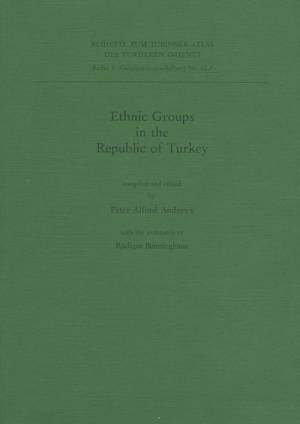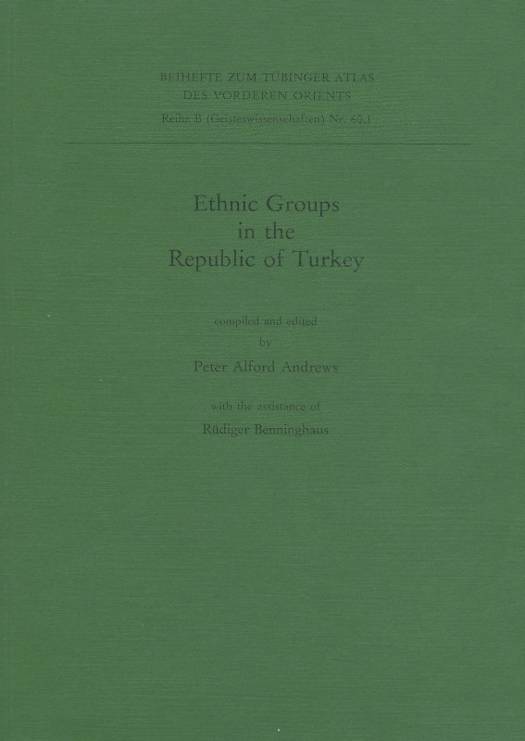
- Afhalen na 1 uur in een winkel met voorraad
- Gratis thuislevering in België vanaf € 30
- Ruim aanbod met 7 miljoen producten
- Afhalen na 1 uur in een winkel met voorraad
- Gratis thuislevering in België vanaf € 30
- Ruim aanbod met 7 miljoen producten
Zoeken
€ 406,45
+ 812 punten
Uitvoering
Omschrijving
This volume provides the documentation on which TAVO maps A VIII 14 a-b (Republic of Turkey: Rural Ethnic Minorities) were based, together with supplementary data on the Turkish majority and urban populations. The compilation of this information, which had not previously been attempted on this scale, presented particular problems. First among these is the absence of official recognition for any ethnic minorities other than the Greek Christians, the Armenians, and the Jews. Even the figures for those speaking mother-tongues other than Turkish have been absent from the published census after 1965. Turkish anthropologists have, by a tacit understanding, refrained from fostering university studies on tribes or villages of non-Turkish groups since about 1970. The information gathered by the Government for the Village Inventory in the 1960s has remained largely unpublished. Compared to the anthropological activity in Iran and Afghanistan, remarkably little work has been allowed or carried out since the threshold date of 1950. Very diverse sources had, therefore, to be consulted to obtain the necessary information, and these are presented comprehensively for the first time, including a transcription of the Village Inventory. As a result, 47 different groups have been identified and located. The data are presented in a synoptical catalogue entry for each group, a series of surveys for specific groups, lists of the known locations of each group with their geographical coordinates, and a series of essays by fourteen authors on particular aspects of ethnicity in Turkey.
Specificaties
Betrokkenen
- Auteur(s):
- Uitgeverij:
Inhoud
- Aantal bladzijden:
- 664
- Taal:
- Engels
- Reeks:
Eigenschappen
- Productcode (EAN):
- 9783895002977
- Verschijningsdatum:
- 1/10/2002
- Uitvoering:
- Paperback
- Formaat:
- Trade paperback (VS)
- Afmetingen:
- 240
- Gewicht:
- 1133 g

Alleen bij Standaard Boekhandel
+ 812 punten op je klantenkaart van Standaard Boekhandel
Beoordelingen
We publiceren alleen reviews die voldoen aan de voorwaarden voor reviews. Bekijk onze voorwaarden voor reviews.








